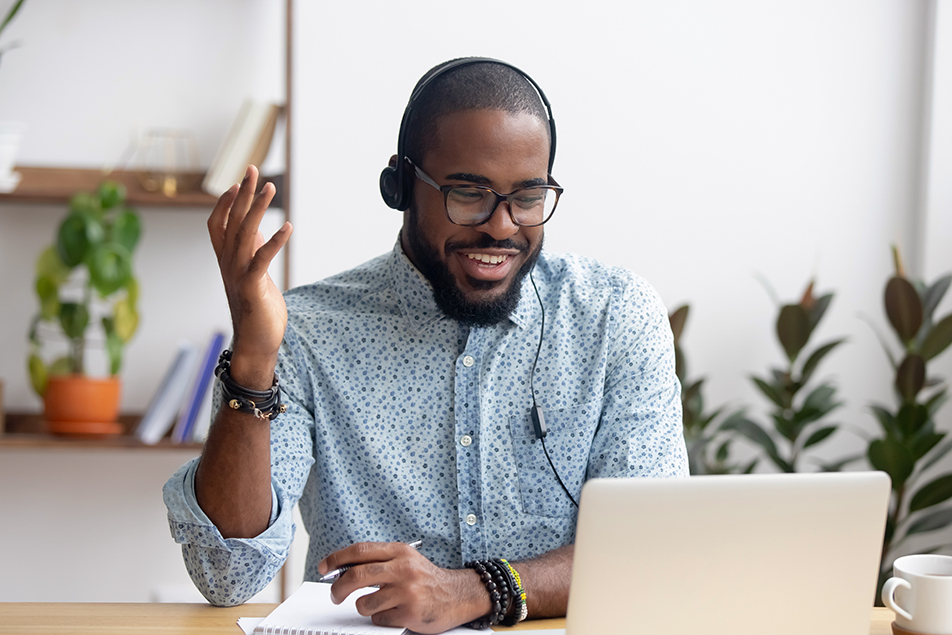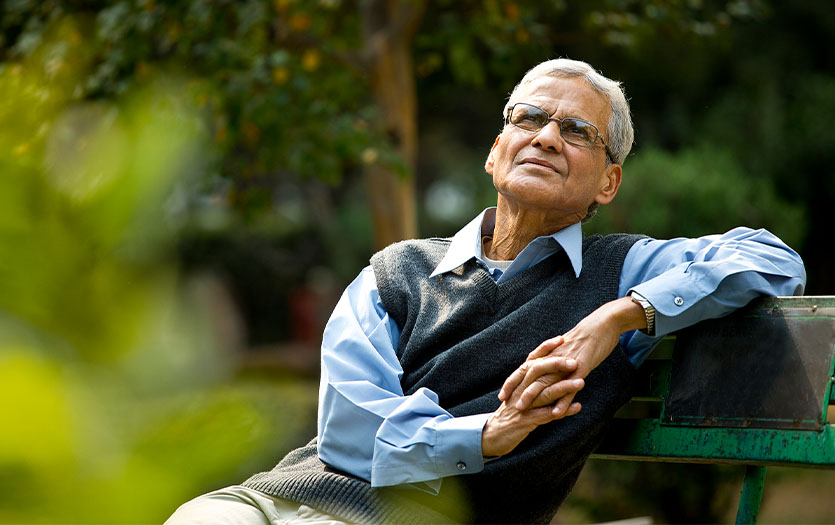
This post was written by Courtney L. Washington, PsyD, CSAYC, HSPP, psychologist, Park Center, Parkview Behavioral Health Institute.
I have been fortunate that my day-to-day life has not been overly interrupted or altered throughout COVID-19 and quarantine. Most days, I go to work and the days I don’t, I have the privilege of being able to work from home. So why am I finding myself so much more fatigued? As one of my primary work roles is providing therapy, much of my day is spent providing telehealth services either via video or phone platforms. Additionally, many meetings are being held in this way, to rightfully promote social distancing and assure the health and safety of all.
Despite limited change in my life, I find myself more drained after working on these mediums. I’ve been wondering a lot lately what is contributing to this extra level of fatigue I am experiencing. I know I’m not alone in this, as I am being asked the same questions from my clients and my colleagues. Below is an exploration of some factors that contribute to this new level of fatigue and exhaustion.
Changes in cues
First, is the role our senses play in social and interpersonal interactions. As humans, we depend on a variety of cues to interpret social situations. That is, we work with verbal and non-verbal communication, as well as smell and touch when engaging socially. When we engage in mediums that do not engage all of the necessary sensory input, the interactions can often feel less dynamic. This leads to greater levels of effort to attend and engage in a meaningful manner. Understanding how we take in and interpret information using our senses highlights how much harder we need to work to attend to cues via video chat. This requires higher levels of focus and attention verse face-to-face conversation, inherently consuming more energy.
Poor connection
Another important factor, is the challenge to find a natural cadence in video-based conversations, due to delays, poor connection or skipping. Some research suggests that silence, albeit natural in normal conversation, leads to anxiety about technology when using video chats. These delays negatively shaped our views of people; delays of only 1.2 seconds were shown to influence perceptions of people viewing them as less friendly and less attentive.
This has been a huge struggle for me especially when conducting therapy, as a key factor to effective therapeutic work is being attentive to the other person. The delay makes it challenging to assess this attunement, disrupting the feedback loop communicating my effectiveness. Those few seconds feel like forever when waiting for the other person to register what was said and respond. Or other struggles like, constantly having to ask someone to speak up or repeat themself in the middle of a meaningful thought. Or when multiple people start talking, but due to the delay it’s hard to catch, leading to the awkward dance of, “no, you go…”, “no, no you.” So frustrating!
Changing spaces
There’s also a connection between how we interpret social cues and the spaces we occupy. Often the manner in which we engage with others is context dependent and is impacted by our roles, relationships, interactions and settings. For example, I may act differently out to dinner with my girlfriend versus in a lunch meeting with my colleague. However, given our current state of functioning, there’s a lack of division of our spaces. All of our work, social and family interactions are happening in a shared space, which requires additional energy around determining how to alter interactions when determining what pieces to bring to that specific interaction.
Reflection
Authentic communication and connection is rooted in the ability to be present and spontaneous in the moment. However, this is more challenging with the acute self-awareness that is present while constantly staring at our own image. It’s distracting to see oneself reflected back, and hard not to look at yourself when you are on camera. For many of us, this stirs up our inner critic. Before you know it, you’re distracted by the funny thing your hair is doing and struggling to stay focused on the matter at hand. Additionally, being on camera heightens our awareness of being watched, placing additional pressure on us to perform. While performance anxiety may be present in our day-to-day interactions, this awareness and pressure to perform adequately is exponentially higher when faced with our own refection.
Processing emotions
Lastly, it’s worth considering the extent of grief and loss we are collectively managing. Seeing my clients and colleagues on a screen is a constant reminder of all the interactions we are missing out on. I miss my clients. I miss sitting in a room with them, feeling their energy, and joining around intense and meaningful conversations. I miss being able to connect with my colleagues over lunch or in a meeting space. Instead, the constant grind of jumping from one virtual connection to another is draining and often leads to feelings of isolation. These losses deserve attention and space to grieve.
Why isn’t video conferencing with my friends different? Shouldn’t this be more relaxing? It’s important to consider that even when attending virtual meetups with friends and family, all of these factors are still at play. Additionally, because everyone is supposedly “home and free,” there may be extra pressure to accept invitations. While previously there was the negotiating of schedules and weighing priorities, these factors may be less of an issue and therefore the pressure to agree to an invitation may be higher.
Addressing fatigue
Now that you know you aren’t alone in feeling wiped out from being so plugged in, what can you do to reduce fatigue? Here are a handful of suggestions:
- Be intentional about what platform to use when
- Try video calls only when necessary
- Choose the phone if possible
- Have the screen off to the side or cover your image to help with concentration
- Build in transition periods
- Be intentional about taking breaks and getting up and moving (I know I really miss this)
- Check in with yourself and take space or time when needed



